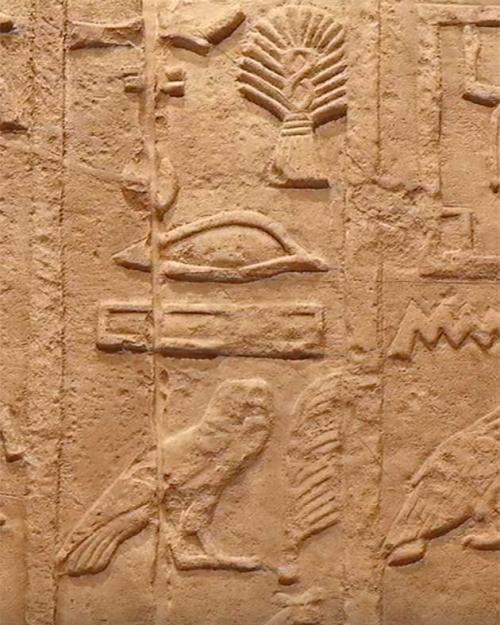Creating content is now so effortless in the age of Tik Tok, YouTube and emojis that it is easy to overlook the processes and meanings behind writing a message.
Athena Kirk, assistant professor, and Stephen Sansom, active learning postdoctoral associate, both in the Classics department in the College of Arts and Sciences, took a unique approach to exploring those processes and meanings, as well as relating writing technologies to human languages and cultures this semester.
“Because writing is such a physical, material thing, we wanted to make sure students were aware of how the process of writing has changed over time,” said Kirk. “We don’t realize everything that went into creating a writing surface and an instrument to write with, and that’s something that took a lot of development over time.”
Sansom added, “We wanted students to physically experience differences in writing systems, both to provide a novel experience, and to bridge the social distance [created by the virtual learning environment].”
Although they taught the course, Hieroglyphs to HTML: The History of Writing (CLAS 2812), entirely online, Kirk and Sansom wanted students to gain a hands-on understanding of the processes behind writing and writing systems in all parts of the world rather than simply reading about them and discussing theory. To do this, Kirk and Sansom created a lab component for their course, something quite uncommon in the humanities.
The lab kit Kirk and Sansom assembled for students contained a variety of writing materials and tools including, clay and styli for cuneiform, papyrus, reed pens, and ingredients for making ink. However, the kit did not provide students with everything they would need for hands-on attempts at writing cuneiform or hieroglyphs. Students had to improvise by using items found around their home as well.
For the course segment on cuneiform, students had to form clay into a writing tablet and then experiment with various tools. They used the styli included in the kit, but one even found that the bottom of a hand sanitizer bottle was useful. Another student used the back end of a foundation brush to create some of the symbols.
In another part of the course, students also foraged in their local environments for materials to use as dyes for making ink.
“This taught them about the length of the process and the complexity of creating something that seems so simple, like ink to use on papyrus or for calligraphy,” said Kirk.
Kirk added that because students could not look to their lab partners or group members for solutions, they had to improvise and be more proactive about their own learning.
Additionally, she and Sansom built in group activities to break down the sense of isolation brought about by the remote learning environment. Both instructors noted that because students had to grapple with lab activities on their own, they were much more willing and able to explain their work to their peers. The instructors found that, between exploring physical processes involved in writing and explaining techniques to their classmates, students had a much richer educational experience.
Hieroglyphs to HTML, and its goal of exploring and comparing ancient literature, art, & material culture and drawing connections with modern practices, fits within a larger project in the Classics department that is part of the Active Learning Initiative (ALI).
This project was funded by a gift from Alex and Laura Hanson ’87. Developed within the College of Arts and Sciences with help from the Hansons, ALI is supported by Cornell's Office of the Vice Provost for Academic Innovation and the Center for Teaching Innovation (CTI).
Contact CTI for more information on the Active Learning Initiative.






